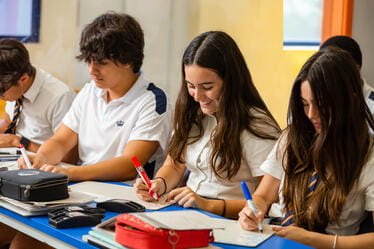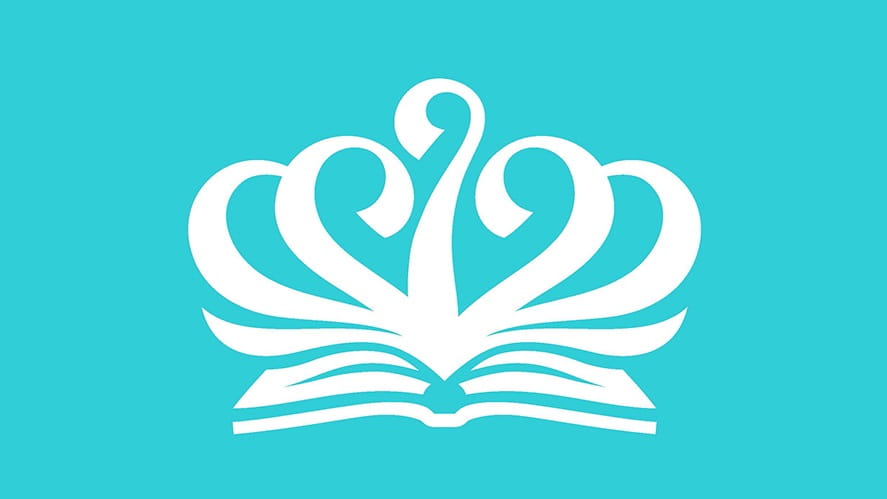When I first heard metacognition mentioned about 10 years ago, I was fresh faced teacher early on in my career, ready to experiment with different approaches. Intently, the whole room listened as it was introduced by the teacher leading the training this week - "It's all to do with thinking about thinking." The gasps were audible. However, as the meeting progressed, it was pretty clear that no one really understood what this meant. I mean, sure, we want our kids to think about their thinking, but it wasn't entirely obvious to anyone exactly how this was done. Metacognition was henceforth left by the wayside, while other initiatives dominated.
Fast forward 9 years and I am a less fresh-faced teacher on a leadership course and low and behold, what comes up again - Metacognition. This time it was introduced through the research done by the Education Endowment Foundation: a UK-based independent charity that focus on improving educational outcomes by promoting teaching and learning approaches that are supported by strong evidence. Their toolkit, which is a metanalysis of approaches that they have looked in to, is basically an educational bible; in my opinion, if they say it works, it works. Anyway, during this particular training session, I was shocked to realise that metacognition adds on average extra 7 months of progress per year to a child's learning. This could be around the difference of a D and an A* at GCSE if accumulated across the secondary years. Put simply, these gains are unmissable and must be tapped into. "But how does one use metacognition?" This was the question that still plagued me.
Meticulously, I started a deep dive into all the literature that was available on metacognition. I found out that this was far from a new concept and something that educational psychologist have been talking about since the term was coined 1976 by John H. Flavell. Typically, it took a while for the theory to enter into practice. From my research, I was able to consolidate metacognition into 7 understandable elements that are practically applicable to day-to-day teaching and learning:
- A toolkit of independence strategies
- Teacher explicitly modelling their thinking processes (think alouds).
- Developing specific learning behaviours.
- Knowing and understanding your strengths and areas to improve.
Embedding metacognitive teaching and learning is currently a huge focus for Nord Anglia and for good reason – it can transform a student's educational outcomes, approach to their education and even their mindset in their broader life. I will now explain how we have started to apply these elements of metacognition across the primary school at BCB.
A toolkit of strategies to independence strategies
If children can come to a solution to a problem by themselves, the more embedded are the connections made in their brains. This utilises skills such as trial and error, problem solving and understanding the tools and resources they need to solve the problem. At BCB, we use a system called the 4Bs to help students become more independent and resourceful learners. The first B is Brain - before anything else, the children should think as hard as they can; check they have understood the challenge; ask themselves questions, e.g. if I do x then can do y?; and try a few different ways, e.g. since that didn't work, I will try z. The next B is Box, which is children try to use a resource in the classroom to help overcome the issue. This could take the form of information that the teacher has put on the boards or walls in the classroom, any physical or paper resources provided by the teacher to help with the task or the wonder that is the internet! There are always tablets available for research. After this, we have the third B, which stands for Buddy. We have a strong and embedded culture of learning partners at BCB and during this phase the students ask their partner to be a teacher to them. The final B is Boss. This is where the students ask the teacher for help; however, we encourage them to be specific - for example:
- Can you give me a tip to start me off?
- Can you give me another example?
Plan, monitor, reflect
This one is fairly self-explanatory, but difficult to do well. Put simply, Children create a strategy of how they will approach a task beforehand, regularly check how successful the task is going while doing it and then look back on how well they have done and make necessary tweaks after the task is completed. Although all three stages are important, for me, the most important part, the hardest part, and the part that children tend to find most difficult is the monitor stage. This need to be guided by success criteria that children regular refer to gauge how well they are doing. As well as this, children need to be regularly encouraged to slow down, check their work back and make any necessary corrections. Rushing work to finish is the enemy of this. A couple of years backs, we switched to a "no erasers" approach, where children instead correct their work in purple pen (Reflective Star's colour). This not only helps children to view their mistakes as part of the learning process (errors help us grow and shouldn't be something we want to hide!), it also gives them a prompt and a tool to assist with this monitoring phase.
Teacher explicitly modelling their thinking processes (think alouds)
Children need to see the what that an expert thinks to be able to think like an expert. Therefore, think alouds are a crucial part of our teaching strategy every lesson. This is where to explain a concept a teacher solves a problem related to the idea by literally saying out loud and showing on a board exactly how they would solve it. This is then often followed by a "Your Turn", which is a similar problem that children then need to solve with a learning partner, so they can practise modelling their own thinking. I would say that almost every lesson, for it to be effective, should have a think aloud in some form in it. It is a technique that we try to incorporate regularly, especially when teaching explicit skills in maths, writing and reading lessons.
Self-regulation
This is, without a doubt, one of the most important metacognitive skills. A student's emotional state during their learning has a profound impact on their progress - more than one would think. Therefore, teaching children strategies to keep them in the optimum mindset for learning are essential. This visual by Pathway 2 Success helps to break down the key elements of these very effectively and we utilise many of these at BCB, but I will highlight a couple of our best used and most important approaches to self-regulation.
Firstly, Brain Breaks are one of the most useful strategies we use to reset students' emotions and get the back into the mindset for learning. These are short, quick and fun activities that allow children to step away from a lesson and do something to distract, refocus or re-engage them. There are three types: calming, energising and focusing, depending on what the teacher deems is the current need of the class. Some of my favourites include getting the children to find and touch all the colours of the rainbow in the class (energising), stretching and breathing (calming) and Scissor Winks (focusing) - simultaneously winking your right eye while using your left hand to make a pair of scissors.
Zones of Regulation teach children about 4 different "areas of emotions": blue zone - low energy feelings, such as shyness, sadness and disappointment; green zone - "good" feelings, such as happiness, confidence and calmness; yellow zone - elevated feelings, such as excitement, worry and embarrassment; and red zone - intense negative feelings, such as anger, frustration or jealousy. These are displayed in every primary classroom on a chart and children have the opportunity to move their name onto one of the emotions, to let the teachers (and others) how they are feeling. This allows the teacher (and others) to personalise the way they speak and act towards a given student. As well as this, children are offered a conversation with the teacher if they are feeling a particularly intense emotion that they would like to talk through.
Stay tuned for part two of this blog post where I will discuss the other three of the seven components, as well as introduce thinking routines and Project DELTA – Nord Anglia are teaming up with Harvard Project Zero and I am part of the research team.







